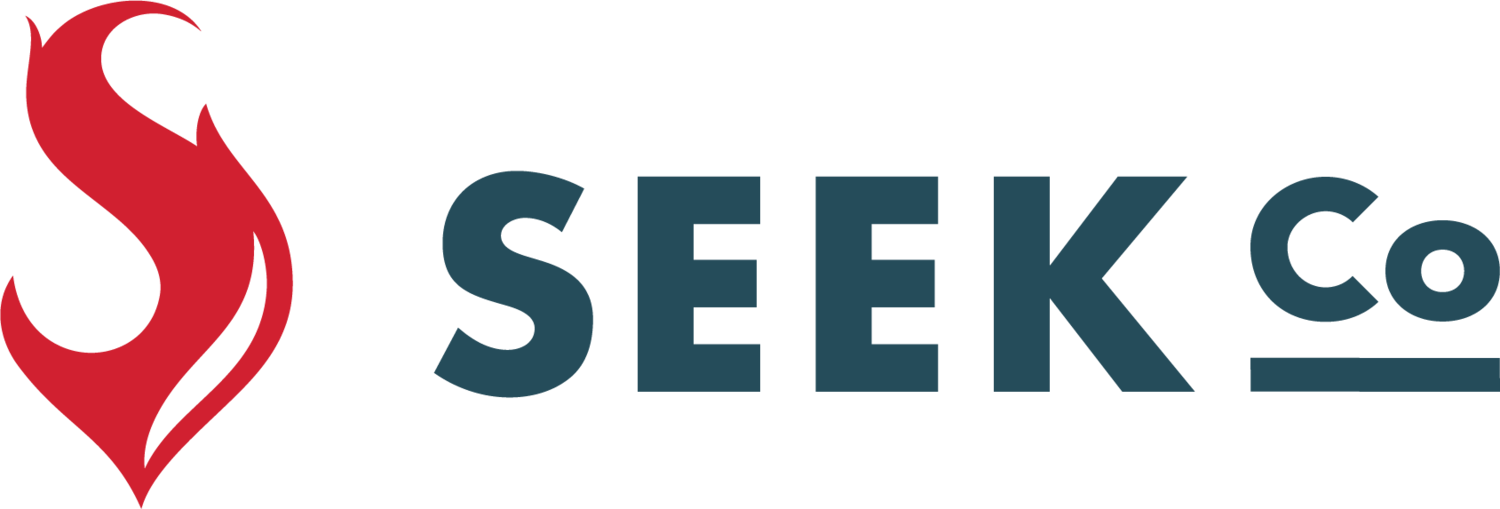Bridging the Communication Gap Between Doctor and Patient Is a Community Effort
When it comes to communication, medical doctors are known for two things: their terrible handwriting and the use of complicated medical jargon. There is a linguistic gap that exists between doctor and patient and that gap widens when the doctor and patient use words differently. Obviously, this is true if the doctor speaks English and the patient primarily speaks another language entirely but is also true when the doctor and patient speak two different versions of the same language.
For example, when a doctor says “sugar” she is likely referring to simple molecules which are released into the body by the process of the digestion of starchy/carby foods. She could be referring to glucose, fructose, galactose, etc. or more complex sugars known as carbohydrates. But, when the patient hears “sugar” he might be referring to the crystallized white substance that sits in his pantry and generally assumes that anything that tastes sweet has sugar in it. This poses a problem for type II diabetes patients who get confused when they experience elevated sugar levels in their blood although they have not consumed anything sweet.
A misunderstanding of the complexity of type II diabetes is illustrated by the fact that in the Black community type II diabetes is sometimes simply referred to as the “sugar”. According to the US Department of Health and Human Services in 2018, Black Americans were twice as likely as white Americans to die from diabetes. There are many potential causes for this disparity. However, I know from experience that some Black type II diabetes patients have only attempted to regulate their consumption of sweet foods in order to manage their type II diabetes as opposed to regulating their consumption of all carbohydrates.
We too often assume that patients understand the medical jargon that has become standard for doctors. However, each individual group has its own dialect, colloquialisms, and idioms that become standard for them. Consequently, medical jargon can become standard for doctors while colloquialisms become standard for patients, and these parallel languages often go unnoticed or unacknowledged.
It is hard to prove just how many lives could be saved by clarifying that carbohydrates need to be managed in addition to simple sugar. Also, it is hard to know the exact impact of doctor/patient miscommunication on the effective treatment of Black patients and other patients of color. But, many suspect that this is a significant problem.
As medical science (and medical terminology) continues to advance beyond the comprehension of laypersons the medical community will need to put more effort into understanding how to communicate effectively with patients. It would be absurd to expect doctors to understand all of the cultural nuances of their patients, but it is important that we all acknowledge that they exist and can possibly serve as a barrier to the provision of care.
I believe that effective communication starts with empathy, but true empathy requires time doctors may not be afforded when seeing a patient. Therefore, it is necessary for the entire medical community and the communities that surround it (including industries that serve doctors and patients) to ensure that the communication gap between doctors and patients is closed.
This is one of many reasons SEEK is so invested in empathic research, particularly within healthcare. We have seen the difference that empathy can have on patient outcomes and HCP experience; it closes gaps in communication and understanding and pulls the health care system closer to the realities and needs of the patients it serves.
We want to help more. It is important that we all work together to help save lives; let us know if you want to talk about how we can work with your team.

